Photos of Corporate America in the 1970s
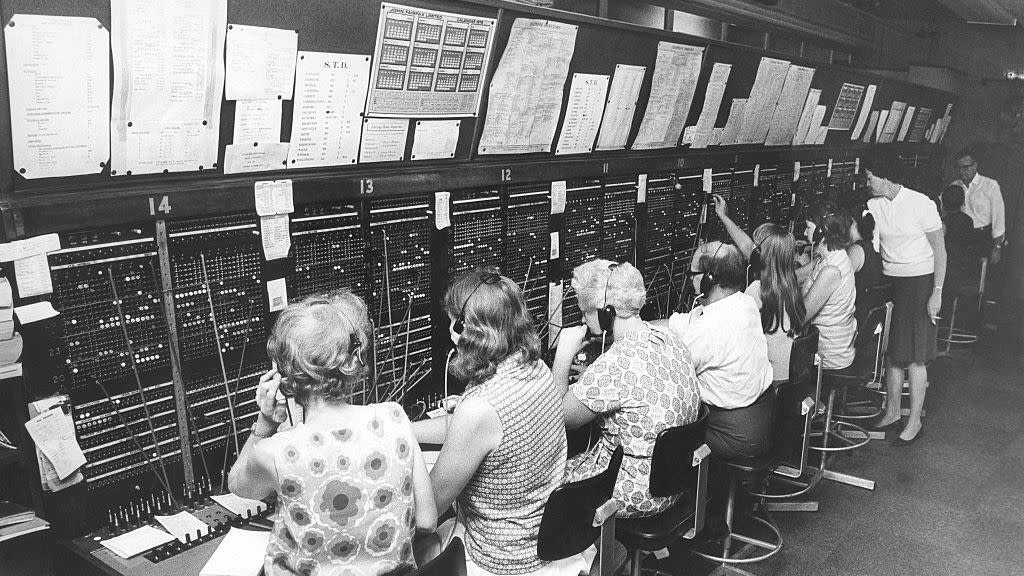
"Hearst Magazines and Yahoo may earn commission or revenue on some items through these links."
Before open floor plans and "business casual," corporate America was held to a different standard. In the 1970s, photographer Susan Ressler entered tech companies, law firms, and record labels to document the people working there and their surroundings. From stylish women and suave men in stark reception areas to space-age private offices, these photos, including many from Executive Order: Images of 1970s Corporate America, capture a different era of capitalism. Take a look back at the American workplace in the '70s.
Wood Paneling Everywhere
Many offices stuck with old-school interior design. One trend that took off in the 1970s was wood paneling, in offices and in homes.
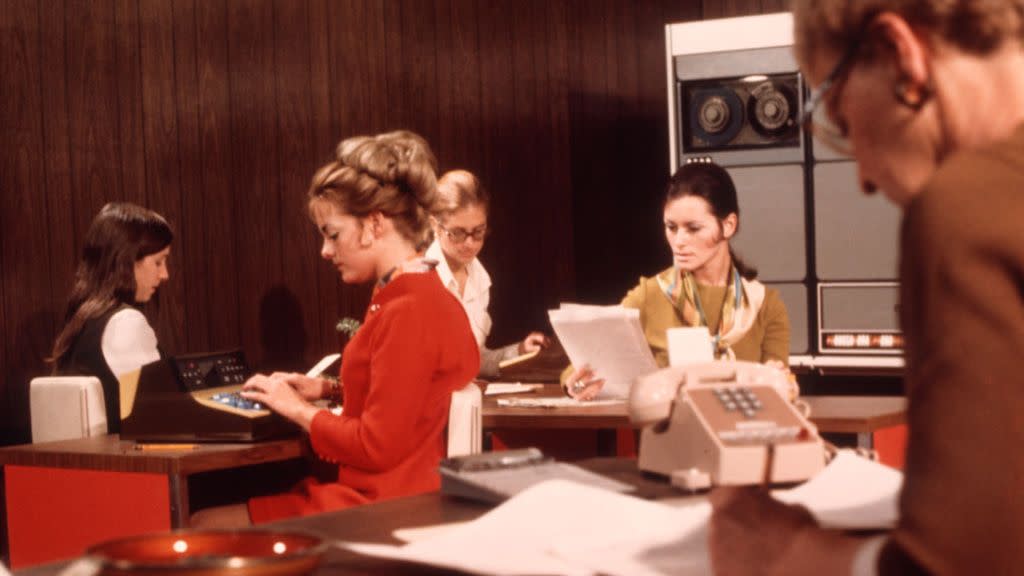
Daily Newspapers
Forget podcasts, newsletters, and digital sites. Back in the '70s, no serious businessperson would start their day without reading the daily paper.
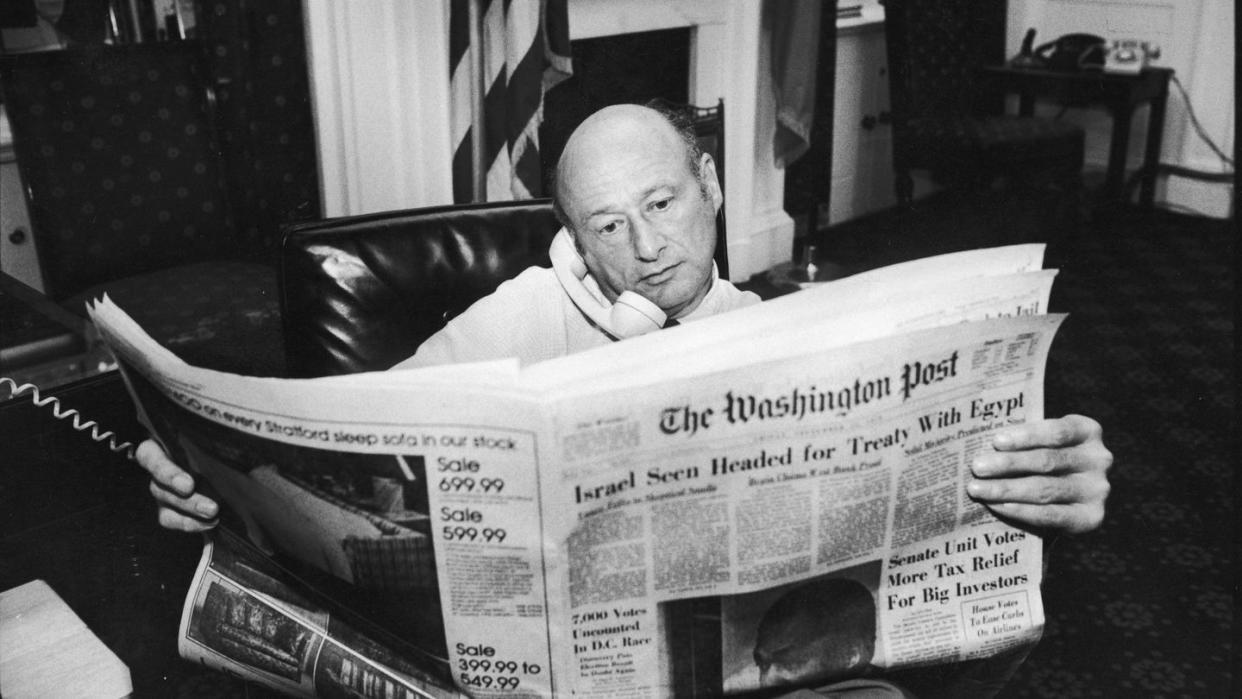
Lots of Mail
The US postal service was the main source of communication, as email wasn't fully developed yet. As a result, office buildings received bundles of mail packages a day.
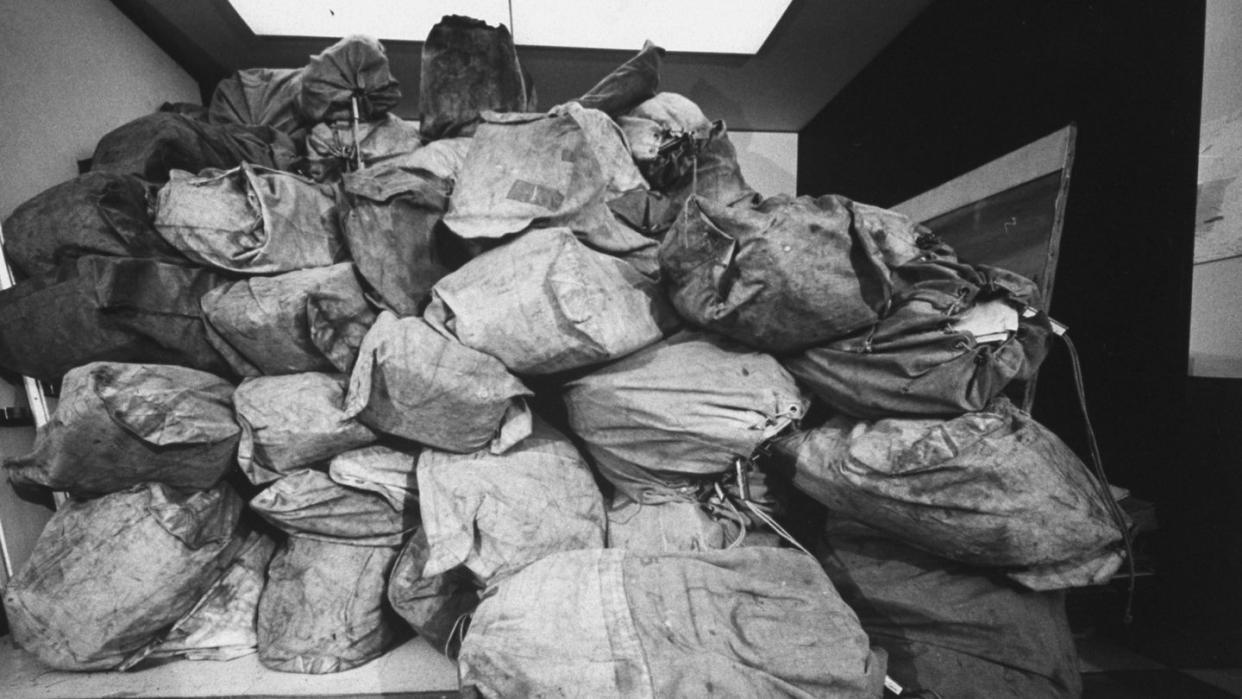
Mail Sorters
With an influx in deliveries, offices set up mail rooms where employees would sort and distribute mail. This still exists today, but to a much smaller degree.
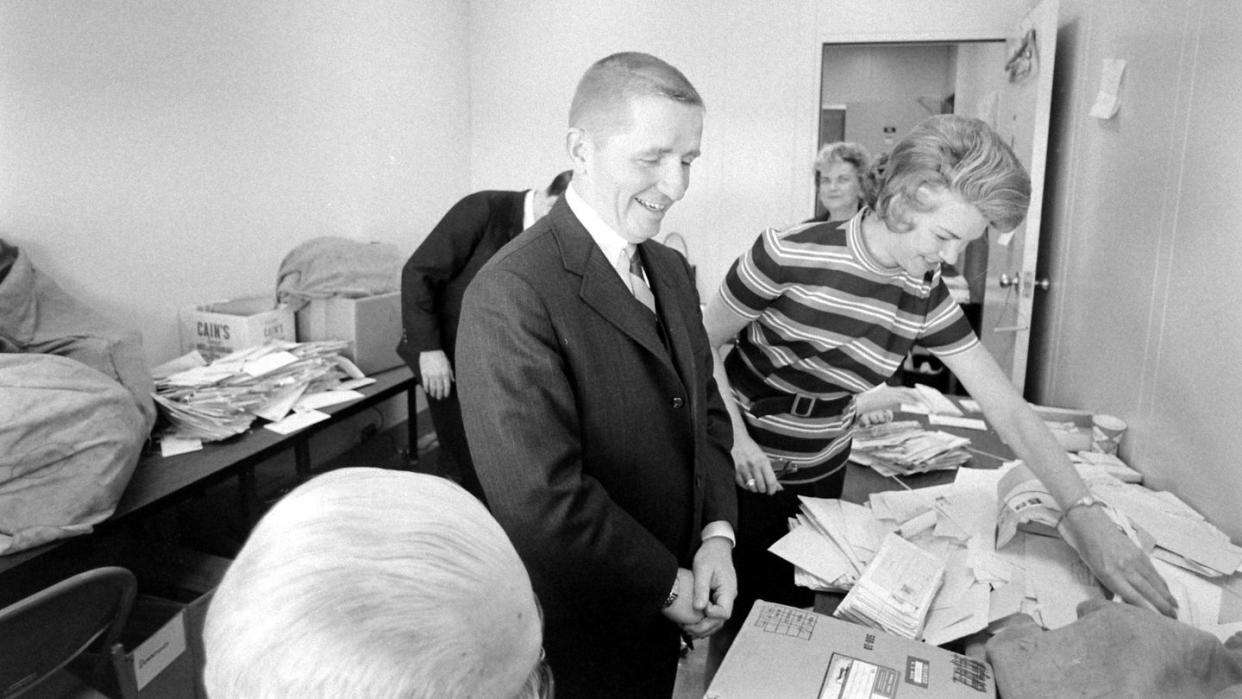
Paper Memos
Before email, important office information was circulated via hard copy memos. No need to worry about a "reply all" mishap back in the '70s.

Rotary Phones
The rotary phone was invented in 1919 and was still dominant in the '70s. It wasn't until the '80s that the technology was improved and rotary phones began to be phased out.
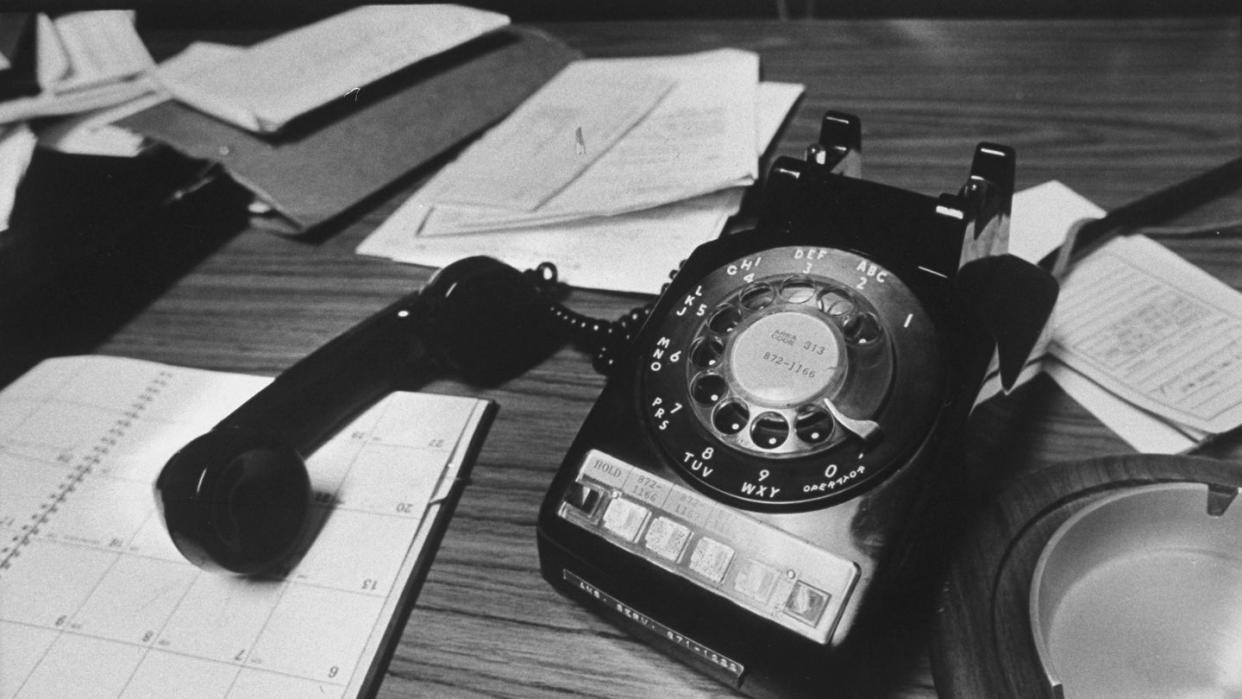
Switchboard Operators
There were still switchboard operators in the '70s, but newer technology allowed for calls to be put through without the operator's control. This greatly decreased the need for a manual connection and the job began to be phased out.
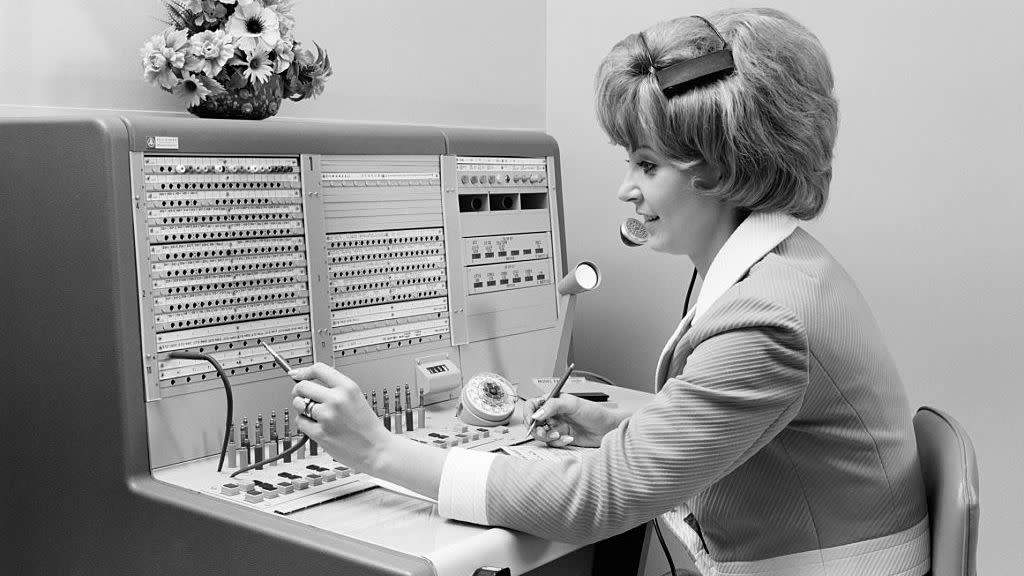
Filing Systems
Before your files and forms were digitized, offices relied on extensive filing systems to store information.
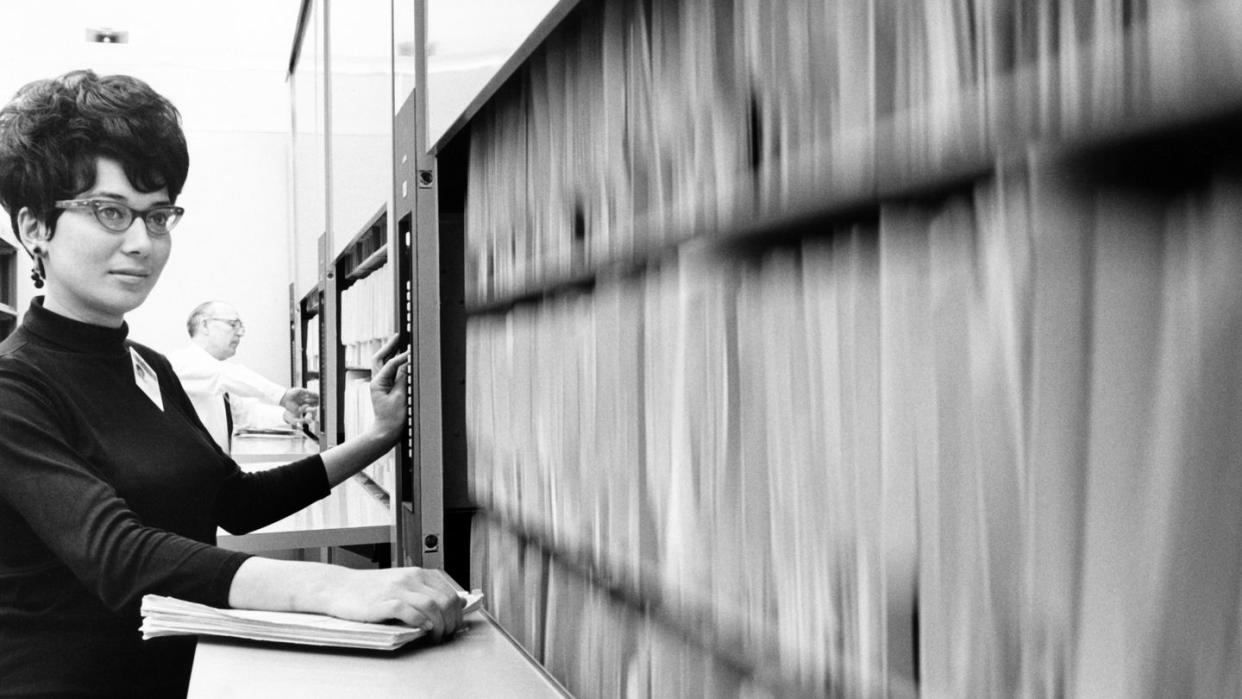
Tea and Coffee Carts
Instead of running around the corner to a Starbucks or heading to the break room, try receiving desk-side service. Some offices had tea/coffee carts serving caffeinated beverages all day long.
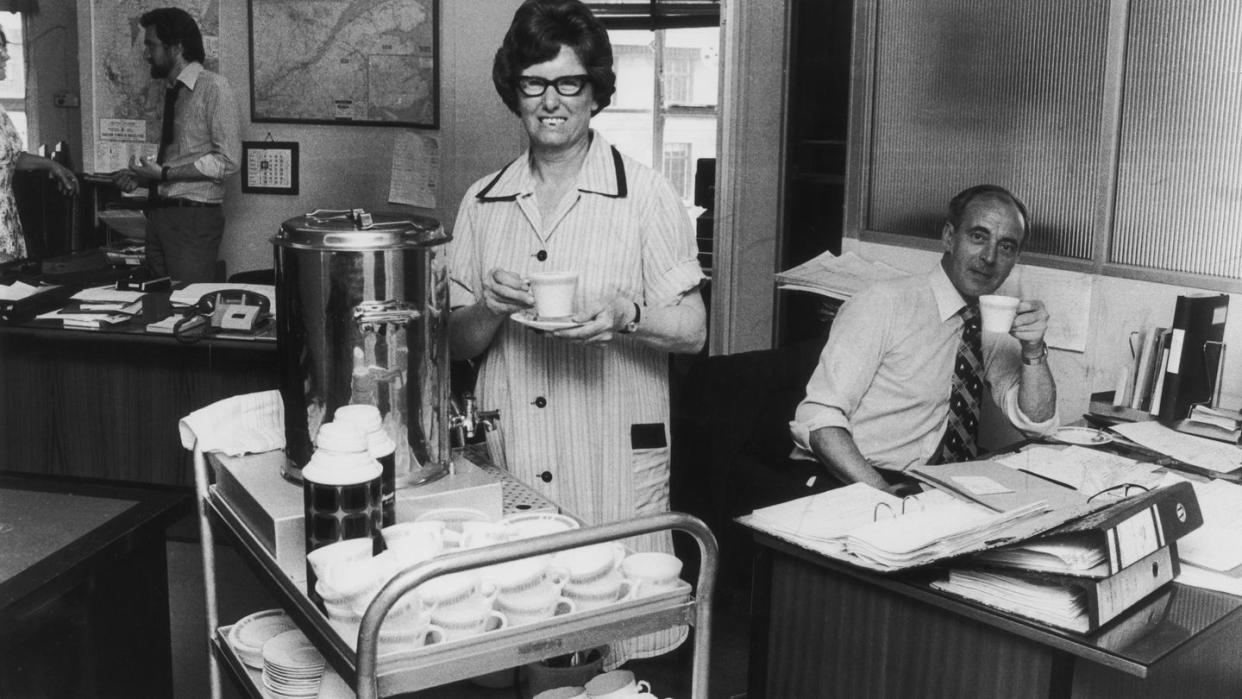
Conference Calls
There was no stepping out to take a call, because everyone was tied to the same phone jack. Telephone conferencing began being developed in 1956 and was popular by the '70s.
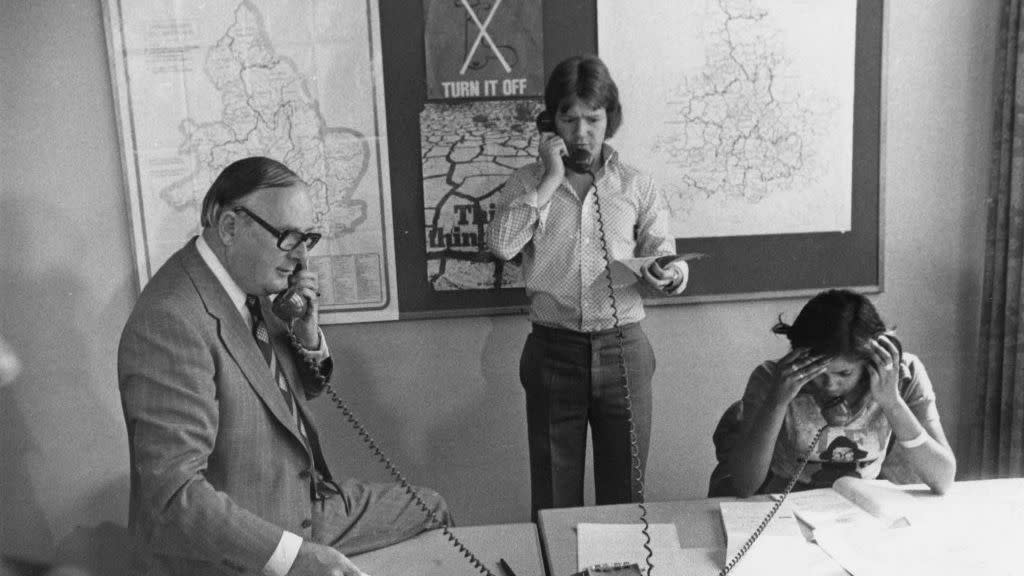
Booming Technology
The 1970s saw a surge of technology that was designed for the work space. Companies like IBM and Honeywell began developing tools that would simplify tasks for workers.
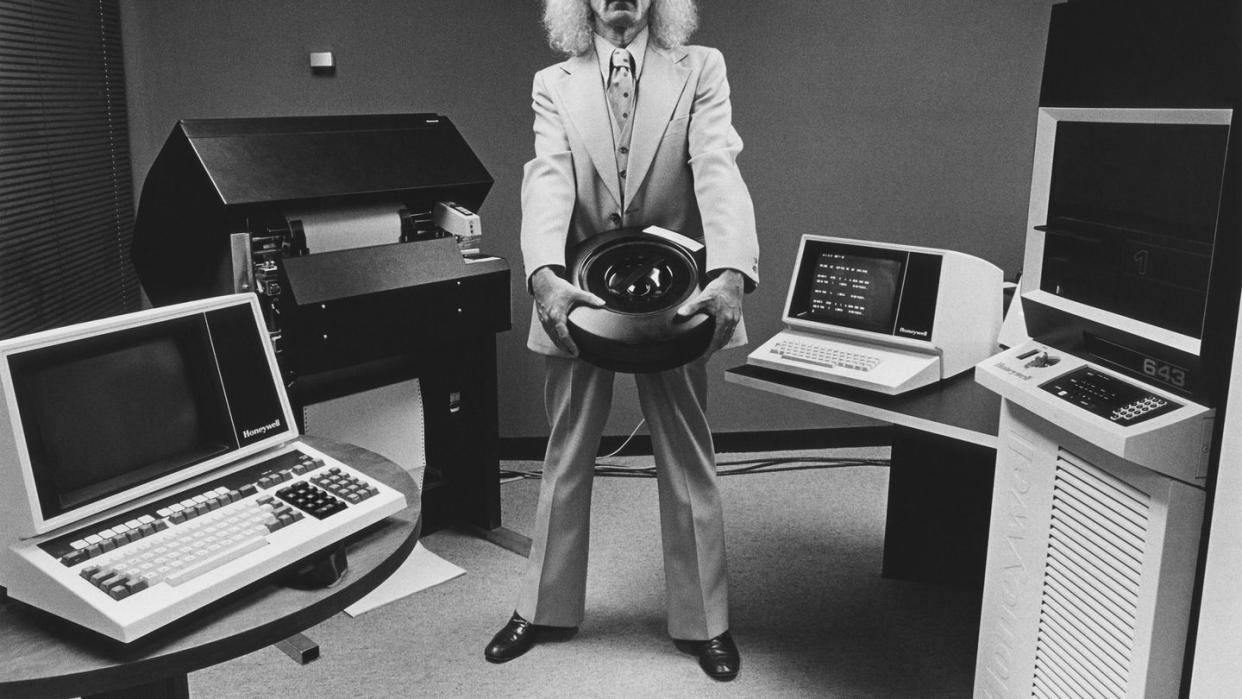
Computers Taking Over
With the invention of the floppy disk, computers became even more useful for personal use, as storage was now possible. As a result, more offices began investing in the technology.
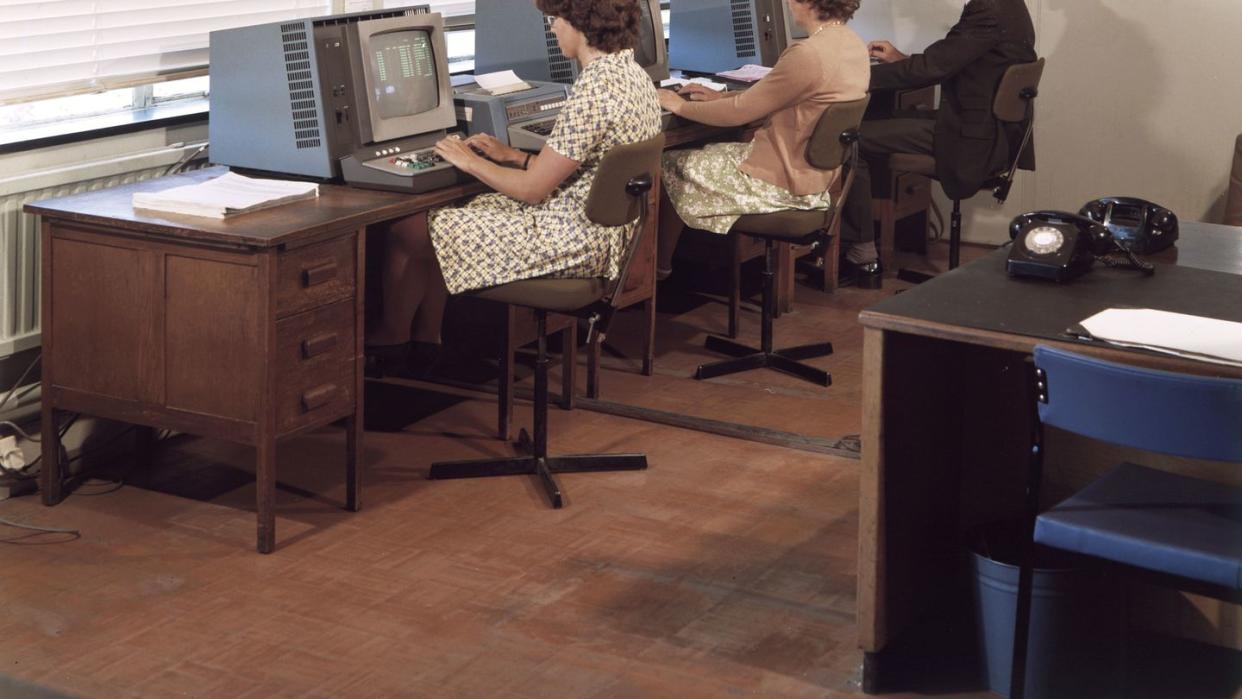
Women in Leadership
Thanks to an increase in higher education for women, society began seeing women in positions of power and leadership. In 1968, Shirley Chisholm (center), became the first Black woman elected to the United States Congress.
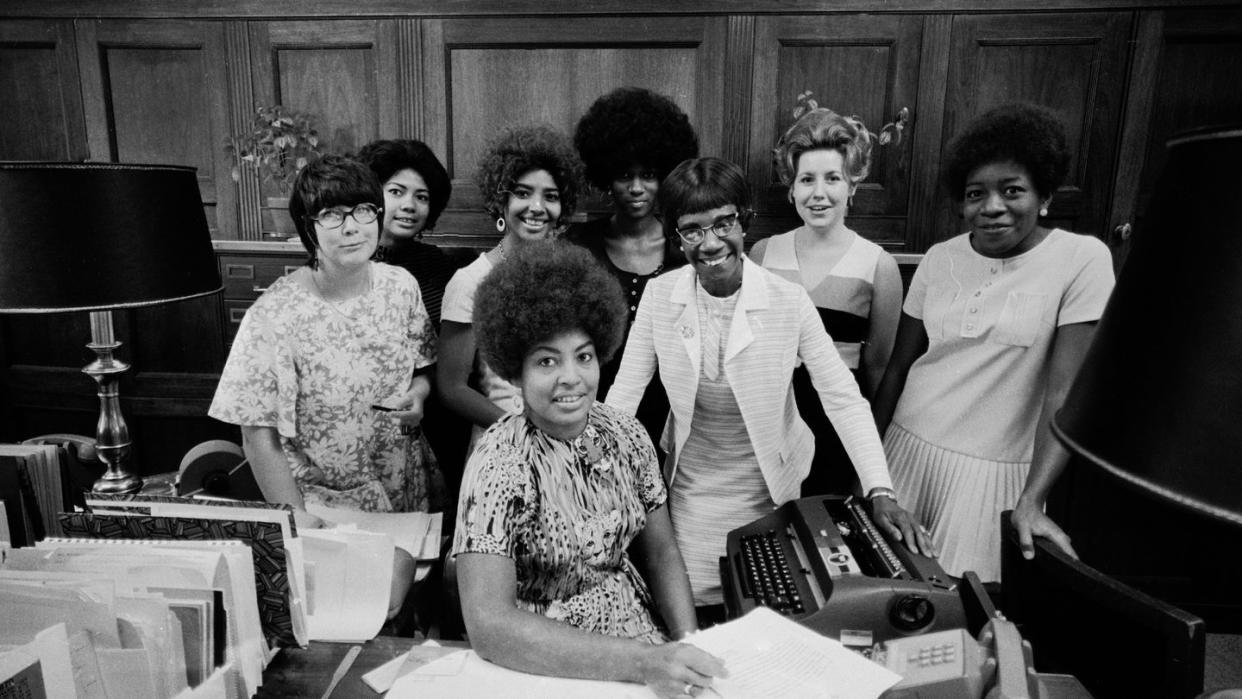
The Former First Lady
After Jacqueline Kennedy left the White House, the former First Lady took the position of book editor at a publishing house. In 1970, the Equal Pay Act was passed into legislation after it was discovered that women earned 15% less than men in the same position.
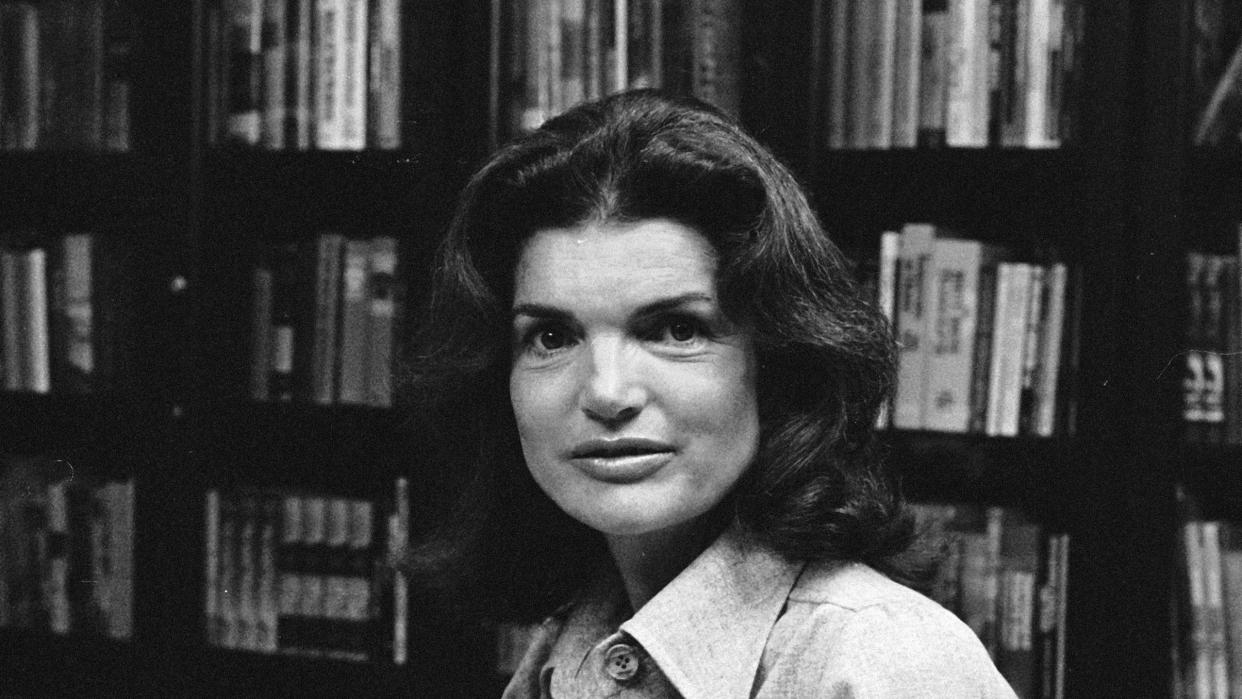
Working Women in TV
The Mary Tyler Moore Show was groundbreaking when it first aired in 1970, as it portrayed a young, single, working woman and confronted gender issues like equal pay. It normalized the life of an independent woman and ran until 1977.
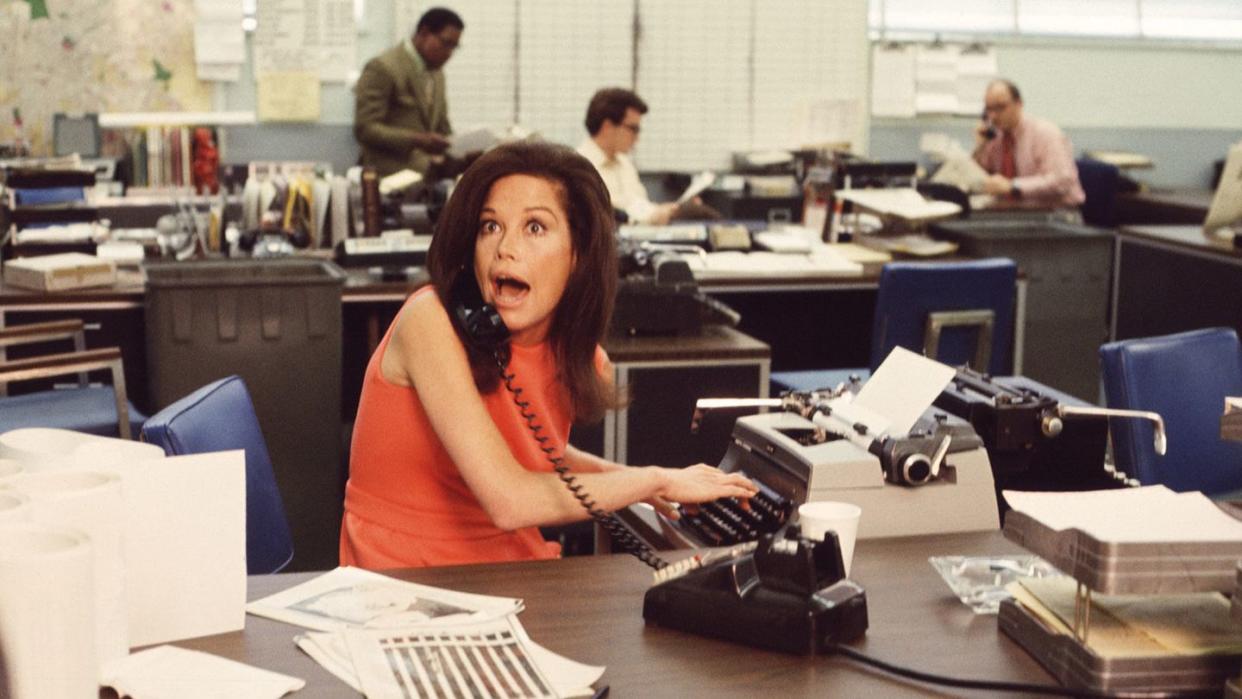
The Power Suit
As more women entered high-level positions, the concept of the power suit was introduced. The look became much more widespread in the '80s and '90s.
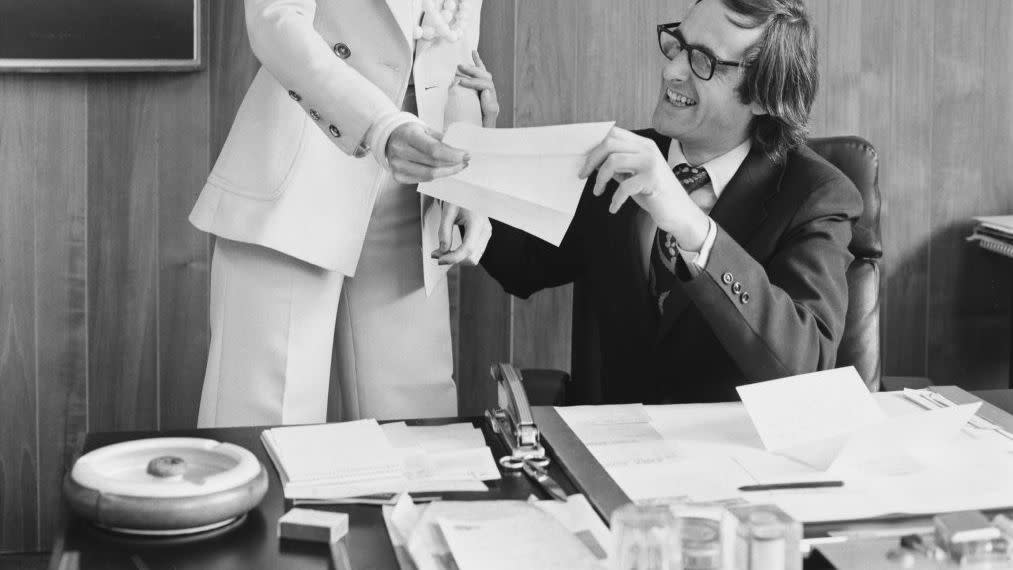
Dentist Technology
Technology truly began expanding to every facet of the economy and workforce. Here, a dentist and technician use a computer for a patient's checkup in 1979.
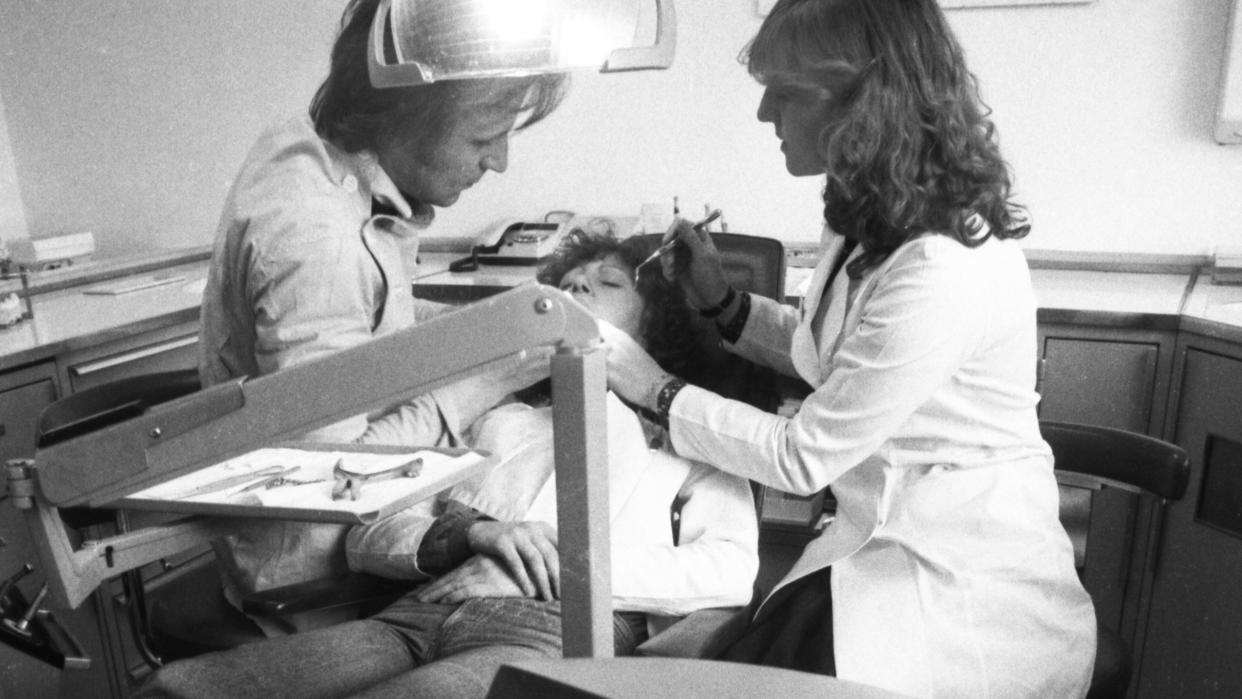
Offices for Computers
Otherwise known as the mainframe, offices had to devote a large amount of space to house their computer software and equipment.
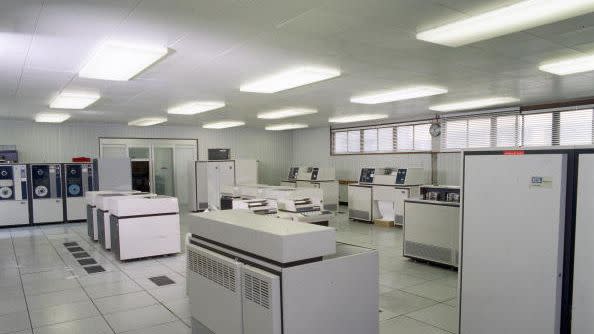
Computer Maintenance
In 1975, an employee replaces the a computer's magnetic tape data storage drive. It seems like an arduous job, but it was one of the frequent tasks required to keep the early computer models running smoothly.
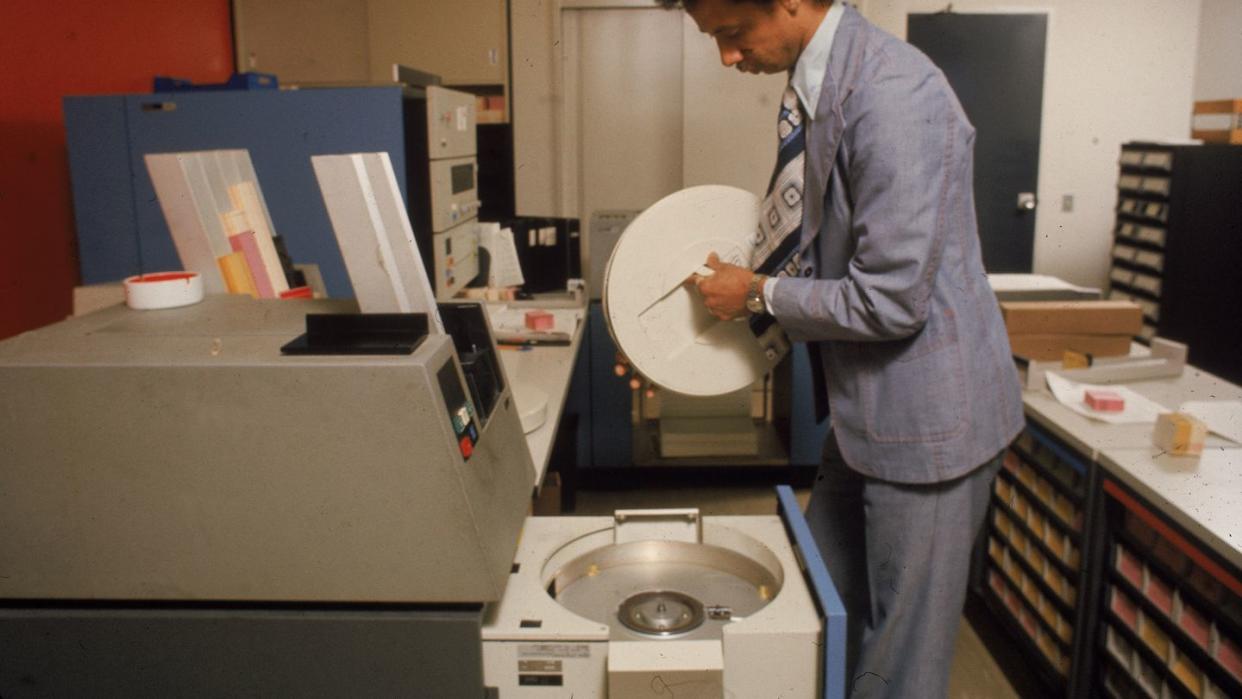
Copy Machines
In 1970, IBM began developing photocopiers for office use. However, the improved system they launched later allowed for more seamless use.
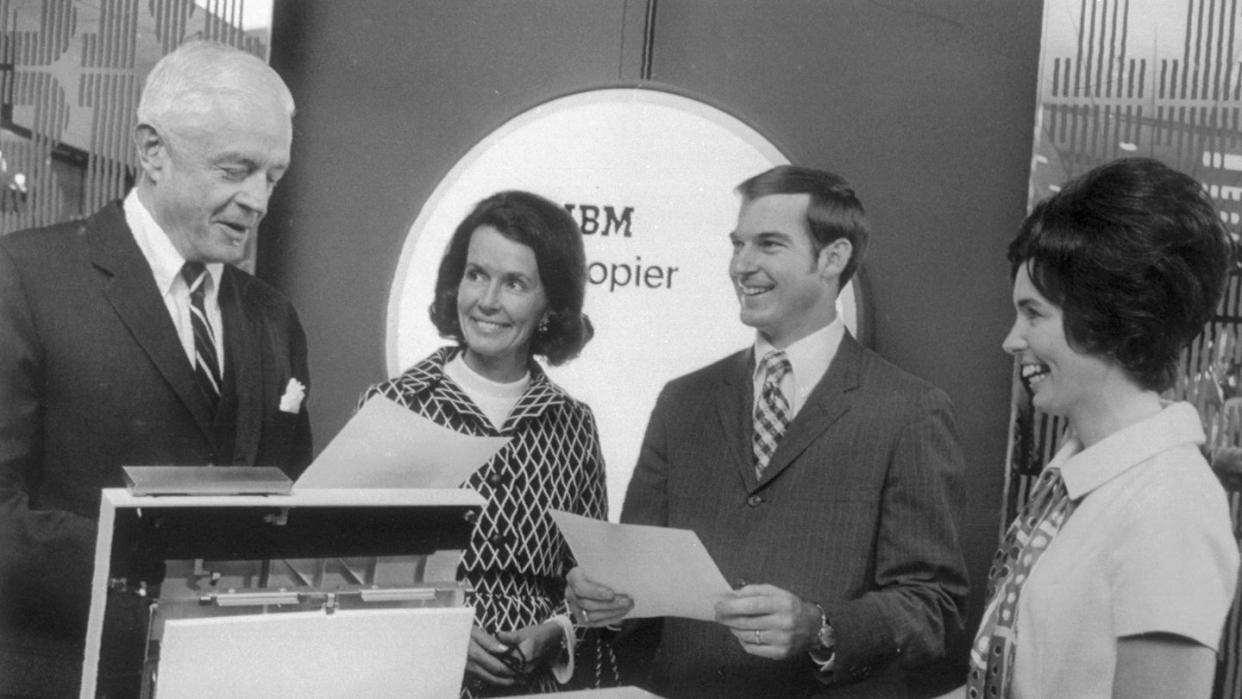
The First Home Computer
In 1977, the Apple II launched at the West Coast Computer Faire and essentially revolutionized the computer industry, as it was the first successful home computer. An investor in the Apple Company (now Apple Inc.), Mike Markkula, poses in 1977 with the first model, which launched the company into a powerhouse.
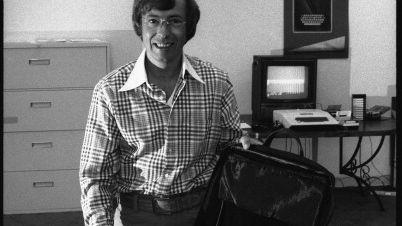
Video Conferencing
The Picturephone was the original video conferencing technology. First introduced in the late '60s, it would connect audio and video together in one feed. However, as flashy as the technology was, it wasn't reliable enough for corporate use and many offices solely relied on IRC, or Internet Relay Chats, instead.
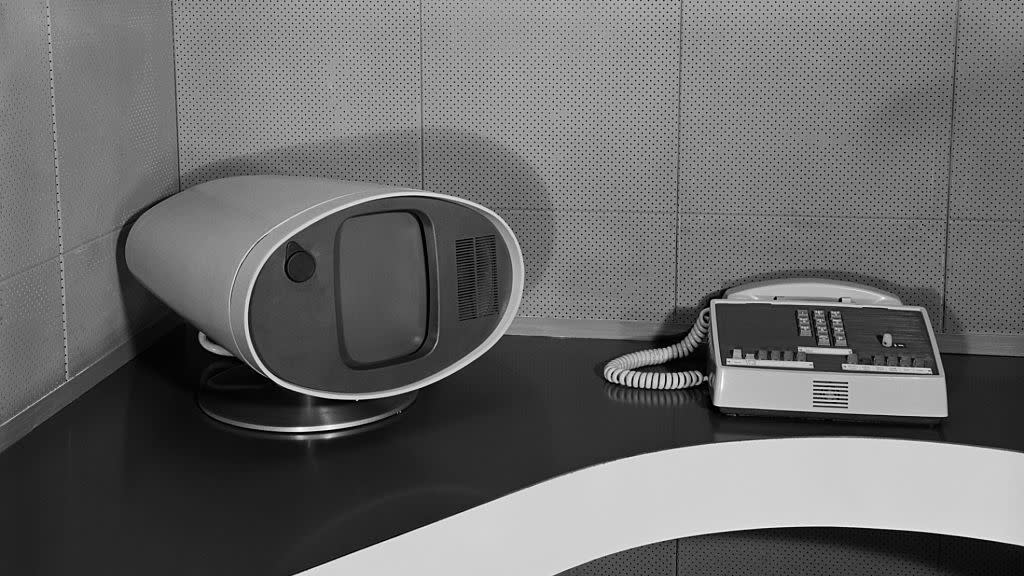
Open Plan Offices
While open plans didn't gain speed until the 1980s, some offices began toiling with the idea and experimenting with open plans in the 1970s.
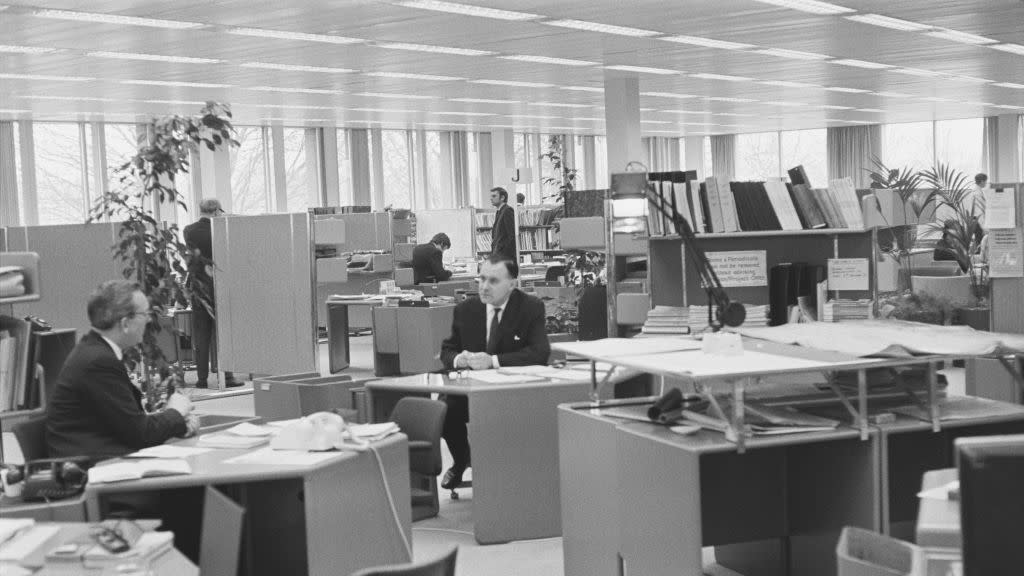
Typing Skills
With the technology boom of the 1970s, it became even more apparent that typing was a skill that would be sticking around. It quickly became an essential job requirement and many young professionals sought out typing school as a result.
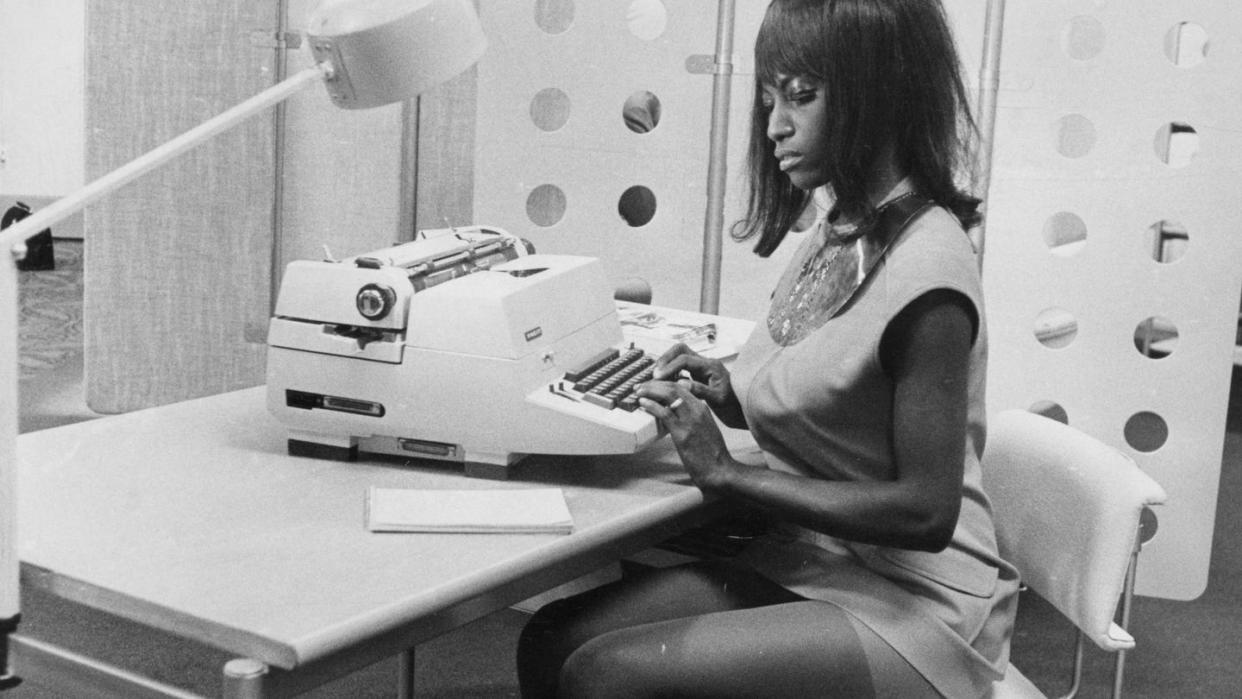
Home Offices
With the energy crisis and the OPEC oil embargo of the 1970s, home offices became much more common. Telecommuting grew to large numbers, as employees aimed to conserve gasoline by working from home.
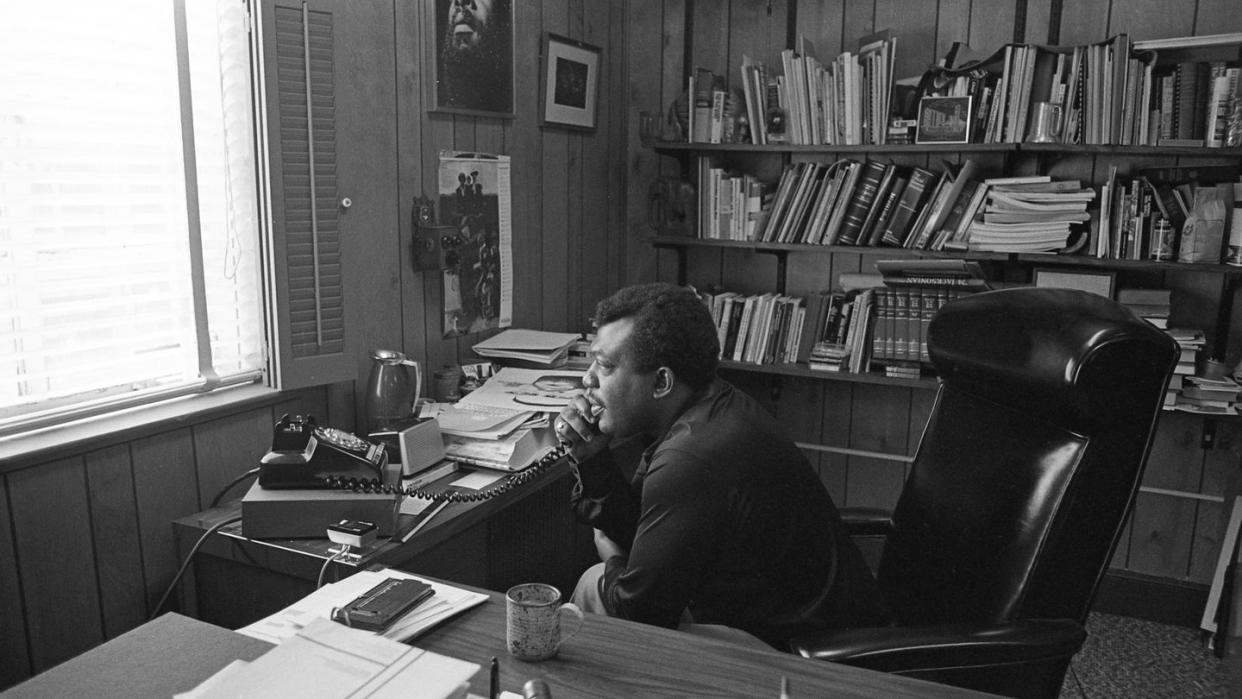
High-Rises in Manhattan
The 1970s saw a huge boom in Manhattan construction, with high-rises and skyscrapers increasing in popularity.
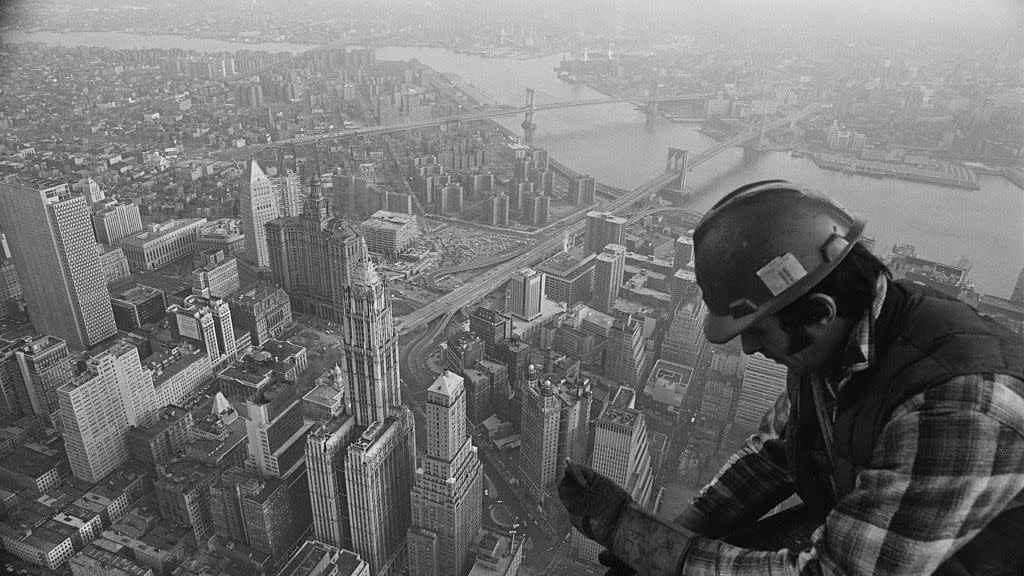
The World Trade Center
Completed in 1973, the World Trade Center was a symbol of the American workplace in New York City. The iconic Twin Towers stood in the Financial District until the September 11th terrorist attacks in 2001.
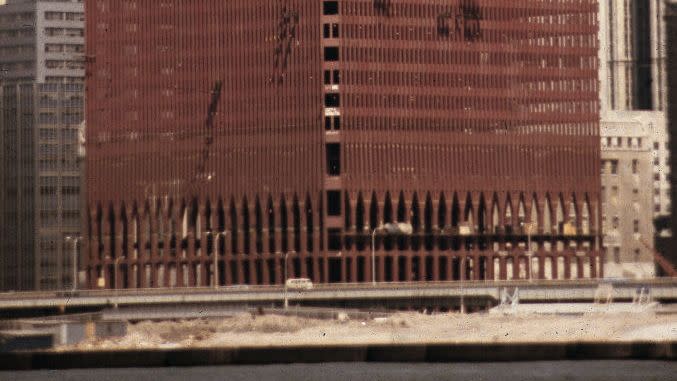
High Unemployment
After the 1974 economic recession, the United States unemployment rate skyrocketed. Over the next few years, the country would average 7.4%, peaking at 9% at some points. Here, people flood their local unemployment offices waiting to be interviewed.
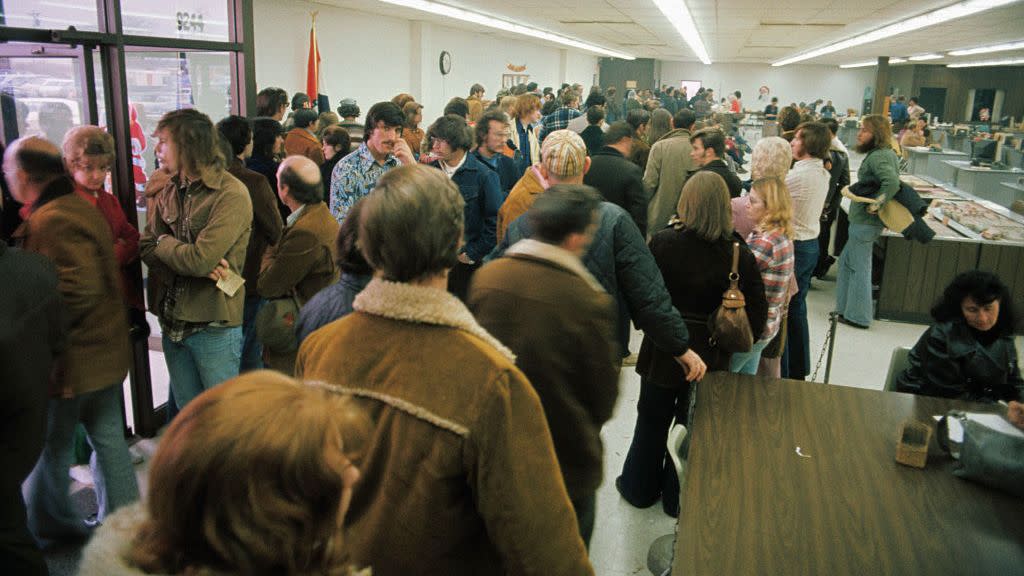
Commuter Pay Phones
As we mentioned before, the 1970s was an era before cell phones, which made pay phones so important on a worker's daily commute.
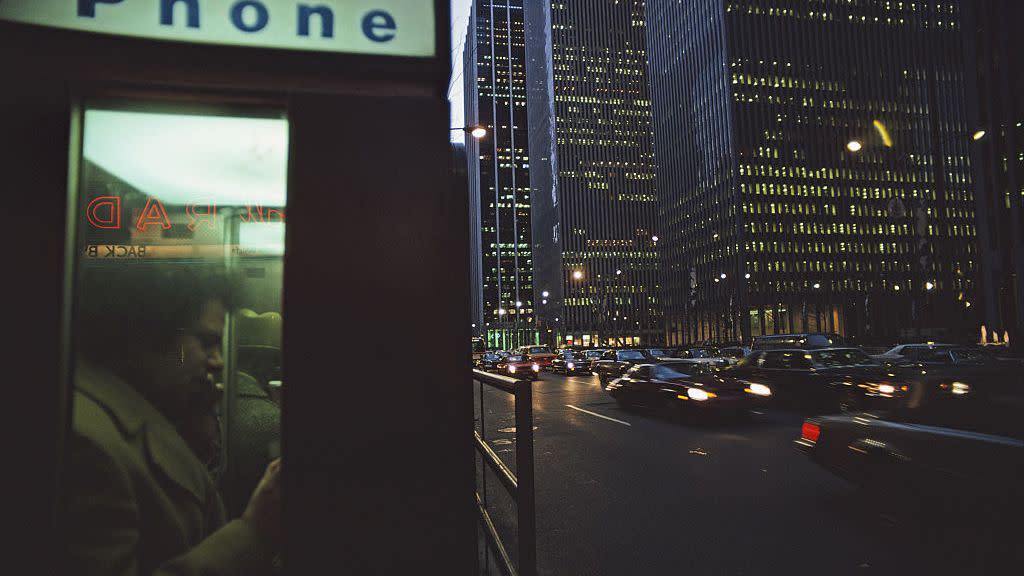
You Might Also Like
